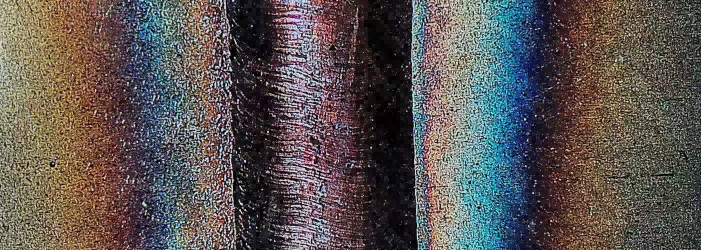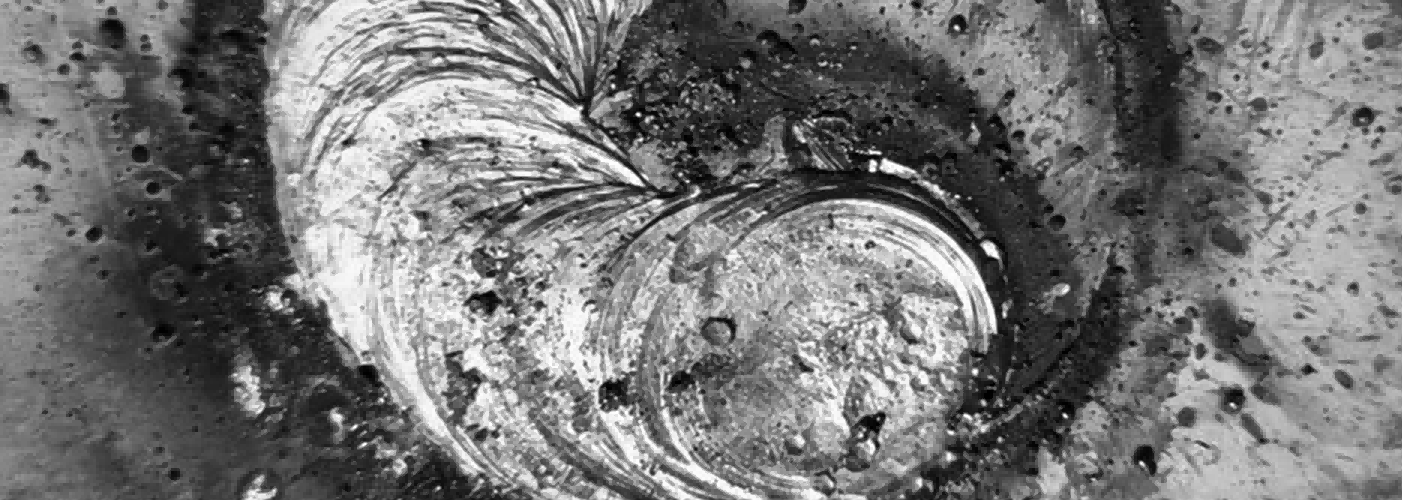Od mikrochyb k makro-kvalitě: Revoluce strojového vidění ve svařování
Ve výrobě je přesnost klíčová. U kritických aplikací, jako je svařování reproduktorů, může jediná, drobná vada na drátu vést k selhání produktu, poškození značky a nákladným zpětným odběrům. Jak však zajistit dokonalost na výrobní lince, která se pohybuje v mimořádně vysokých rychlostech? Lidské oko prostě nestačí držet krok. Odpověď spočívá v strojové vidění .
Toto není sci-fi. Jedná se o klíčovou technologii, která mění kontrolu kvality a umožňuje výrobcům dosahovat dosud nevídané úrovně přesnosti, rychlosti a spolehlivosti. Pomocí kamer, osvětlení, čoček a výkonného softwaru mohou systémy strojového vidění kontrolovat každý svar a zachytit vady, které jsou pro lidské oko neviditelné.
1. Anatomie systému průmyslového vidění pro svařování
Systém průmyslového vidění pro svařování je jakousi symfonií specializovaných komponent, které pracují v dokonalé harmonii. Každá část hraje klíčovou roli při zachycování, zpracovávání a analýze obrazu za účelem zajištění kvality.
Průmyslová kamera :„Oko“ systému. Nejedná se o běžné kamery. Jedná se o průmyslové kamery s vysokým rozlišením a rychlostí, které jsou navrženy tak, aby zachycovaly nesmírně detailní obrázky svařovacího procesu, často v náročných podmínkách s intenzivním světlem a teplem. Specializované kamery, jako například svařovací kamery v blízké infračervené oblasti (NIR), dokáží poskytnout jasný pohled na oblouk, tavnou láhu a okolní oblast, což umožňuje inspekci svaru i během samotného svařování.

Osvětlení pro průmyslové vidění :„Illuminátor.“ Správné osvětlení je klíčové pro vytvoření kontrastu potřebného k identifikaci vad. Různé techniky osvětlení, jako je strukturované světlo, se používají k zvýraznění konkrétních znaků drátu a svářecího svěra. To systému umožňuje rozlišit materiál od jeho pozadí a usnadňuje tak detekci problémů, jako je nadměrné svařování, nedostatečné svařování nebo trhliny.
Průmyslové čočky :„Zvětšovací sklo.“ Objektiv soustředí obraz na senzor kamery. Výběr objektivu závisí na pracovní vzdálenenosti a úrovni zvětšení potřebné k viditelnosti nejmenších vad. Kvalitní objektiv je zásadní pro ostrý a bezdeformační obraz.
Software pro strojové vidění :„Mozek.“ Zde se děje kouzlo. Software zpracovává obrazy zachycené kamerou. Pomocí různých algoritmů může software provádět širokou škálu úkolů:
1). Detekce vad: Toto je hlavní funkce. Software je naučen identifikovat a klasifikovat vady, jako jsou přetržené dráty, špatné spojení nebo rozstřik.

2). Měření rozměrů :Může měřit rozměry svaru, jako je jeho šířka a délka, aby zajistil soulad s technickými specifikacemi.
3). Kontrola přítomnosti/nepřítomnosti :Zajišťuje, že drát je přítomen a správně umístěn na kontaktní ploše.
4). Umělá inteligence a hluboké učení :Pokročilé systémy využívají umělou inteligenci a hluboké učení k trénování na široké škále přijatelných svarů, což jim umožňuje přesně identifikovat odchylky a minimalizovat falešná upozornění.
2. Proč je technologie průmyslového vidění revoluční pro svařování reproduktorů
Přesnost požadovaná při svařování reproduktorů činí z tohoto procesu ideální oblast pro využití průmyslového vidění. Níže uvedené body vysvětlují, proč se jedná o nezbytnou technologii pro každého výrobce elektroniky:
Bezkonkurenční přesnost :Systémy průmyslového vidění mohou detekovat mikroskopické vady, které pro lidské oko zůstávají neviditelné, čímž eliminují lidské chyby a zajišťují stále stejnou kvalitu každé jednotlivé sestavy.
Zvýšená rychlost :Na rozdíl od manuální kontroly, která může být pomalá a způsobovat ucpání výrobní linky, strojové vidění provádí kontroly vysokou rychlostí, čímž udržuje krok s moderními výrobními procesy a zvyšuje výkon.
Zlepšená vystopovatelnost :Systém může zaznamenat a uložit každý obraz a výsledek kontroly, čímž poskytuje úplnou auditní stopu pro kontrolu kvality a dodržování předpisů.

Nižší množství odpadu :Díky odhalování vad v rané fázi procesu strojové vidění minimalizuje potřebu předělávek a snižuje množství odpadu.
Zlepšení řízení procesu :Data shromážděná systémem mohou poskytnout cenné poznatky o výrobních trendech, díky čemuž mohou inženýři provádět okamžité úpravy a předcházet opakujícím se chybám.
3. Připraveni dosáhnout dokonalosti ve výrobě ?
Manuální kontrola již nestačí. Abychom zůstali konkurenceschopní na dnešním trhu, potřebujeme řešení, které zaručuje kvalitu, zvyšuje efektivitu a poskytuje jasnou cestu ke kontinuálnímu zlepňování.
Kontakt HIFLY dnes a zjistěte, jak může vlastní systém strojového vidění transformovat váš proces svařování reproduktorů a zaručit bezchybnou kvalitu pokaždé .


